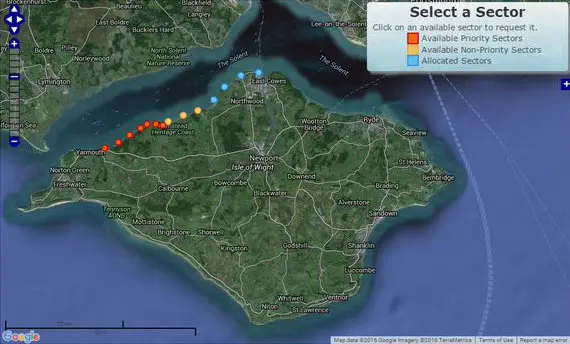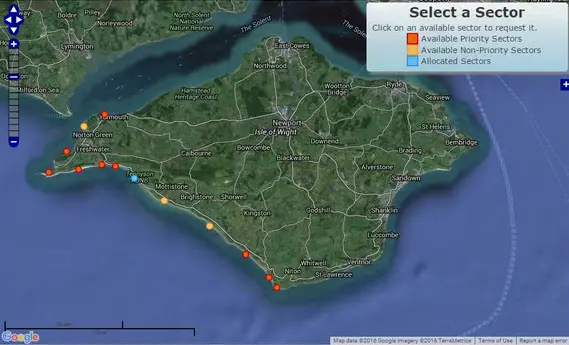There are just a couple of days left to take part in the Wetland Bird Survey, which closes on Sunday (31st January). If you have a chance to get out over the weekend and add your responses, it’ll be a great help. Ed
The United Kingdom is internationally important for its numbers of wintering waterbirds, and many of these are monitored annually by the Wetland Bird Survey (WeBS) counts. However, the WeBS counts are mostly made on estuaries and inland waterbodies, therefore leaving the majority of the coastline uncounted. The 2015/16 Non-Estuarine Waterbird Survey (NEWS) focuses coverage on these important and under-recorded habitats.
Why is a new survey required?
It is known that important populations of several species such as Purple Sandpipers and Turnstone occur around our shores outside of estuaries, and consequently are not monitored annually.
Following the original Winter Shorebird Count carried out in 1985 and NEWS counts in 1997/98 and 2006/07, the third repeat of NEWS is being carried out this winter.
How the survey works
The non-estuarine coastline is broken up into count sectors approximately 2km long, though some are shorter and some longer. There are ten priority sectors which have been selected at random in each region.
These priority sectors have been allocated first and then the others will be available for allocation. The survey runs from 1st December 2015 to 31st January 2016 and just a single count is needed, with all birds and mammals using the sector recorded.
How to take part
The survey will be carried out in conjunction with the Wetland Bird Survey, so if you are an existing WeBS Counter who uses WeBS Online, the NEWS options to select sectors will automatically appear on your WeBS Data Home page.
For more information visit the official BTO Website where you’ll find the relevant instructions and count form.
FAQs
Q: How do I record seabirds on cliffs?
A: Seabirds (eg Fulmar, Shag, Kittiwake etc) using a cliff face or breeding ledges should be recorded as Intertidal rather than being on the land
Q: What about birds on rocks out to sea?
A: Any area exposed at low tide that can be used by waders to forage should be thought of as intertidal, even if it is out to sea.






